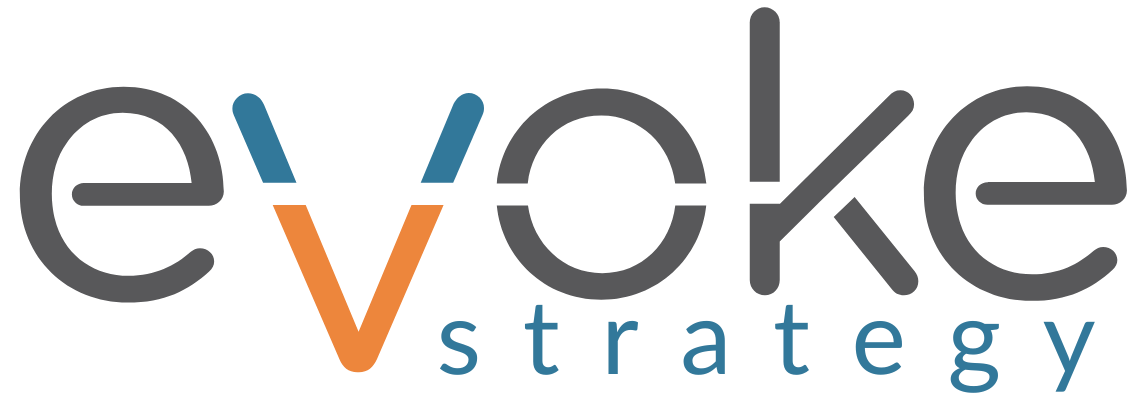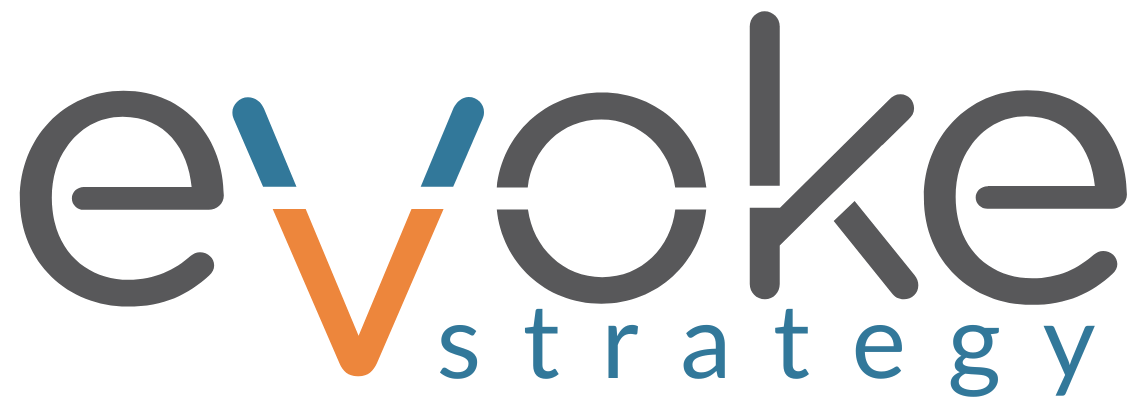How to Turn One Piece of Coverage Into 50 Business Opportunities
Here is the scenario that plays out in marketing departments everywhere: Your team lands an incredible feature story. Everyone celebrates. You post it on LinkedIn. Then, 48 hours later, it’s gone. Buried in the news cycle and forgotten by your prospects.
The Full-Funnel Difference: We don’t let great coverage die. We turn that single story into targeted ads, email sequences, and sales assets that generate leads for months. Here is exactly how we do it.
The 48-Hour Window
Why “Organic Reach” is a Myth.
Let’s start with a hard truth: most PR coverage has a shelf life of about 48 hours. It’s not because the story isn’t good. It’s because the internet moves fast.
- The Amplification Opportunity: By treating coverage as a creative asset for paid and owned channels, you can extend that lifespan from 2 days to 6 months.
- The Organic Reality: You reach the publication’s audience once. Within two days, traffic drops to near zero.
The Amplification Framework
The Step-by-Step Protocol
Here’s the step-by-step process that turns media coverage into business results:
Phase 1: The Setup (Before You Pitch)
Smart amplification starts before the story goes live.
- The Pixel: Ensure your retargeting pixel is active. If you aren’t tagging the traffic that hits your press landing page, you are letting your warmest prospects walk out the door anonymously.
- Audience Mapping: Determine exactly who needs to see this. A story for CFOs requires a different LinkedIn audience build than a story for Engineers.
- The Landing Page: Don’t send traffic to your homepage. Build a dedicated “Coverage Landing Page” that bridges the gap between the news story and your specific offer.
Phase 2: The Launch
The first 60 minutes determine the momentum of the story.
- LinkedIn Strategy: Don’t just share the link. Write a 200-word synopsis of why this matters. Tag the journalist and publication.
- Sales Activation: Drop the link in your Sales Slack channel immediately with “Copy/Paste” blurbs for reps to use in active deals today.
- The “Link in Bio”: Update all corporate social profiles immediately.
Phase 3: Targeted Activation
This isn’t about “maintaining” visibility; it’s about weaponizing the coverage to capture new audiences who missed the original publication.
- Multi-Channel Paid Strategy: Don’t limit yourself to one feed. Run the press hit as a “Thought Leader Ad” on LinkedIn, a native article ad on industry portals (via StackAdapt or Taboola), and a retargeting display banner on the open web.
- Sales Enablement Injection: Upload the coverage into your sales engagement platforms (like Outreach or SalesLoft). Create a specific sequence for SDRs: “Saw this feature in [Publication] and thought of your initiative on [Topic]…”
- Content Repurposing: Different buyers consume differently. Turn the article’s key quote into a branded graphic for Instagram. Turn the data points into a carousel PDF. Turn the CEO’s insight into a short-form video. One asset becomes ten formats.
- Account-Based Marketing (ABM): If you use platforms like 6sense or Terminus, map the coverage to your “Target Accounts” list. Ensure the C-Suite at your top 50 prospects sees this specific validation.
Phase 4: Optimization
- A/B Test: Which headline drives more clicks? The journalist’s original headline, or a pull-quote from your CEO?
- Channel Audit: If the trade publication drives traffic but no leads, cut the spend. If the niche newsletter drives conversions, double down.
The Amplification Tech Stack
The infrastructure required to execute.
To run Full-Funnel Digital PR™ at scale, you need more than just a social media scheduler. You need a stack that connects content to revenue.
1. Intelligence & Targeting (Finding the Audience)
- Intent Data: (e.g., ZoomInfo, 6sense, LinkedIn Sales Navigator) to identify exactly which decision-makers need to see this coverage.
- Audience Building: Tools to export contact lists and match them to ad platforms for 1:1 targeting.
2. Distribution & Paid Media (Reaching the Audience)
- Ad Managers: LinkedIn Campaign Manager (for B2B precision), Meta Business Suite (for retargeting volume), and Google Ads (for intent capture).
- Programmatic/Native: Platforms like StackAdapt or Taboola to place your coverage as “Recommended Reading” on other high-traffic sites.
3. Sales Activation (Arming the Team)
- Sales Engagement: (e.g., Outreach, Salesloft, HubSpot Sales) to automate the distribution of coverage via 1:1 email sequences.
- Asset Management: (e.g., Highspot, Seismic) to ensure the latest press hits are tagged, compliant, and ready for reps to drag-and-drop into proposals.
4. Measurement & Attribution (Proving the Value)
- Attribution Modeling: (e.g., HubSpot Marketing Hub, Salesforce Campaigns) to connect the initial ad click on the press story to the eventual closed-won deal.
- The “Tag”: Google Tag Manager (Server-side. Crucial for unifying tracking pixels).
The Competitive Advantage
When you run this playbook, you aren’t just getting “more eyeballs.” You are building a competitive moat.
- 10x Lifespan: Coverage works for you for 90+ days, not 48 hours.
- Guaranteed Reach: You no longer rely on social media algorithms to decide who sees your news.
- Lower CAC: Using third-party validation (Press) in ads often lowers Cost Per Lead compared to generic marketing claims.
You Have the Playbook. Now Get the Engine.
You can try to piece this together manually with spreadsheets and sticky notes. Or, you can partner with the team that built the framework.
We don’t just secure the coverage. We build the entire amplification and attribution engine for you.
The future belongs to companies that understand amplification. The question is whether you’ll be among them or among those still celebrating coverage for 48 hours before moving on to the next campaign.
Let’s outline your PR amplification strategy.
Full-Funnel Digital PR Resources
Related Articles
PR’s Hidden Opportunity Cost
The Million-Dollar Question Nobody’s Asking Let me tell you about a conversation that happened in…
The Great Measurement Gap: Why Traditional PR ROI Fails
Note: This article explores the historical challenges of measuring public relations. If you are looking…
PR Attribution Models: The PR to Pipeline™ Evolution
From Outdated Metrics to Revenue Attribution “How do we measure PR?” used to be a…



